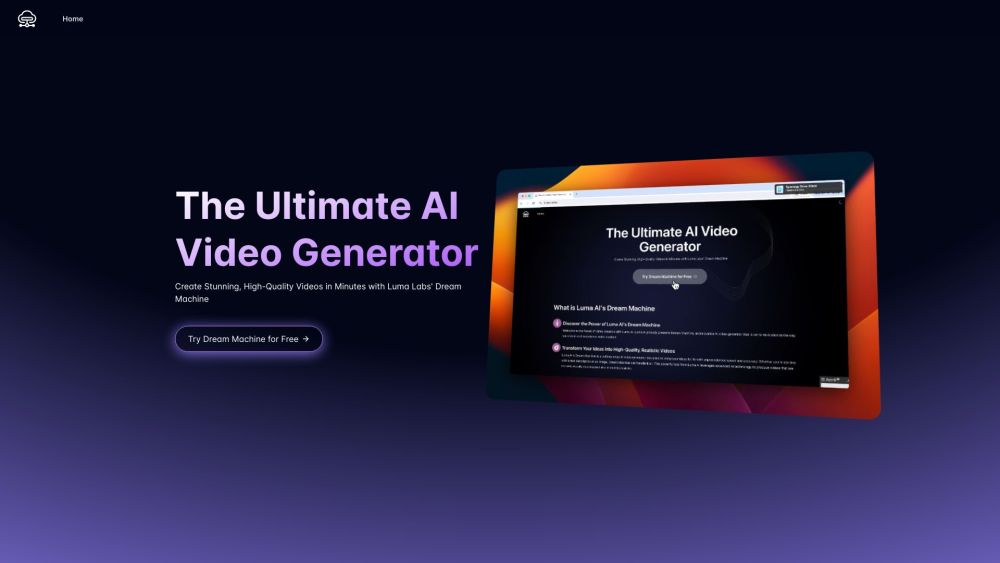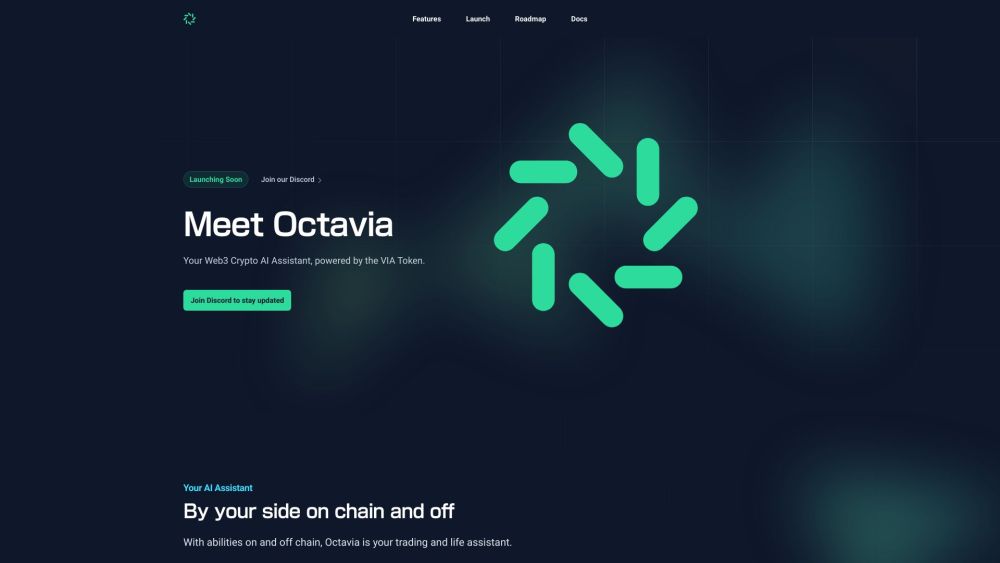Stable Diffusion 3.5: Enhanced Prompt Response and Increased Diversity in Character Generation
Most people like

Transform your video content with an AI video generator designed to produce stunning, high-quality videos effortlessly. Whether you're a business seeking to enhance your marketing materials or a content creator aiming to captivate your audience, our advanced AI technology simplifies video production. Discover how you can elevate your storytelling and engage viewers like never before with our innovative video generation tool.

Boost Your Brand's Engagement and Reach with Experiential Event Photography. Experience how an innovative system can elevate your brand through captivating event photos that resonate with your audience.

Octavia is your AI-powered web3 assistant designed to enhance your crypto research and streamline trading.

In today's competitive market, understanding customer opinions and preferences is crucial for product development and refinement. Our AI analysis tool is designed to transform product feedback into actionable insights, enabling businesses to enhance their offerings efficiently. Explore how harnessing the power of artificial intelligence can provide invaluable clarity in understanding user experiences and drive your product's success to new heights.
Find AI tools in YBX
Related Articles
Refresh Articles
